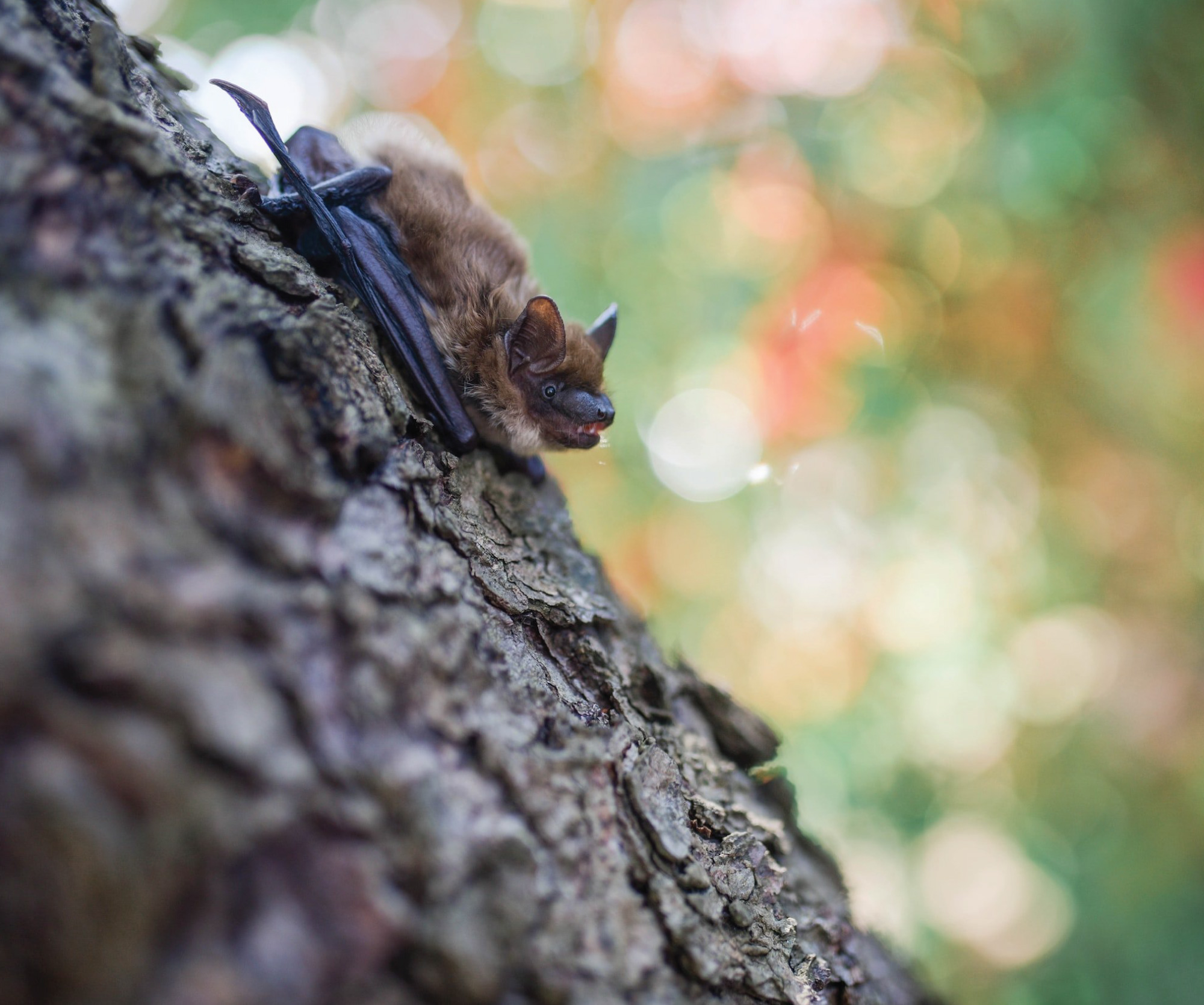
Why is a survey required?
Bat species in the UK have suffered considerable population losses over the past years. Therefore, all bats and their roosts are protected by law. This protection means that any development that may impact bats or their roosting locations will require a survey and assessment of the impacts.
It is a consideration of the Local Planning Authority (LPA) that appropriate measures have been undertaken during the planning process to consider the impacts on biodiversity when determining an application.
The survey aims to establish the identity of what species may be present and the number of individuals. This information can allow us to determine the type of roost that may be impacted.
If you, your architect, planning agent or the LPA consider there is a likelihood of bats being present, then a survey must be carried out.
Contact us for further advice; our Preliminary Roost Assessment (PRA) surveys start from £350+VAT.
Preliminary Roost Assessment (PRA)
PRAs are undertaken to assess the suitability of a structure for roosting bats and to determine if the roost is ‘reasonably likely’ to be impacted by the development. This survey provides a recommendation for further surveys should the structure be suitable.
Bat Emergence/Re-entry Surveys
Dusk emergence and dawn re-entry surveys are undertaken if the PRA determines suitability for a bat roost. These surveys aim to establish the presence or likely absence of roosting bats and determine the roost type and number of bats present.
Bat Activity Surveys
These surveys are undertaken for developments that may impact important habitats for bats. The surveys aim to determine what species use the site and how they use it for foraging and commuting purposes.
Aerial Bat Surveys
Aerial bat surveys enable any potential roost features (PRFs) on trees to be examined closer, giving a more accurate assessment of roost type. This enables the appropriate survey effort to be determined.
Bat Hibernation Surveys
Should the PRA determine that the works are ‘reasonably likely’ to impact a feature with hibernation potential, then surveys must be carried out over winter. This is to determine if hibernating bats are present.
What next after the survey is complete?
Once the appropriate survey effort has been completed for your project, a report must be written to support your planning application. The report will detail information about the surveys, background data for the project area, findings from the surveys, what impact the development will have on these findings and recommendations to mitigate these impacts.
If it is found that bats are present, then a mitigation licence will need to be obtained from Natural England to enable the project to proceed legally. This may also be supported by a ‘mitigation strategy’ outlining certain factors to consider during the development and provisions to provide bats with continuous access to the current roost or the creation of a replacement roost.
